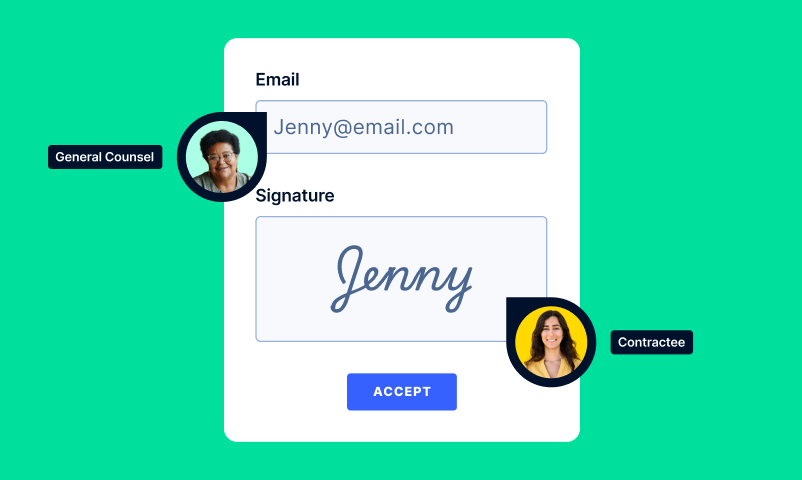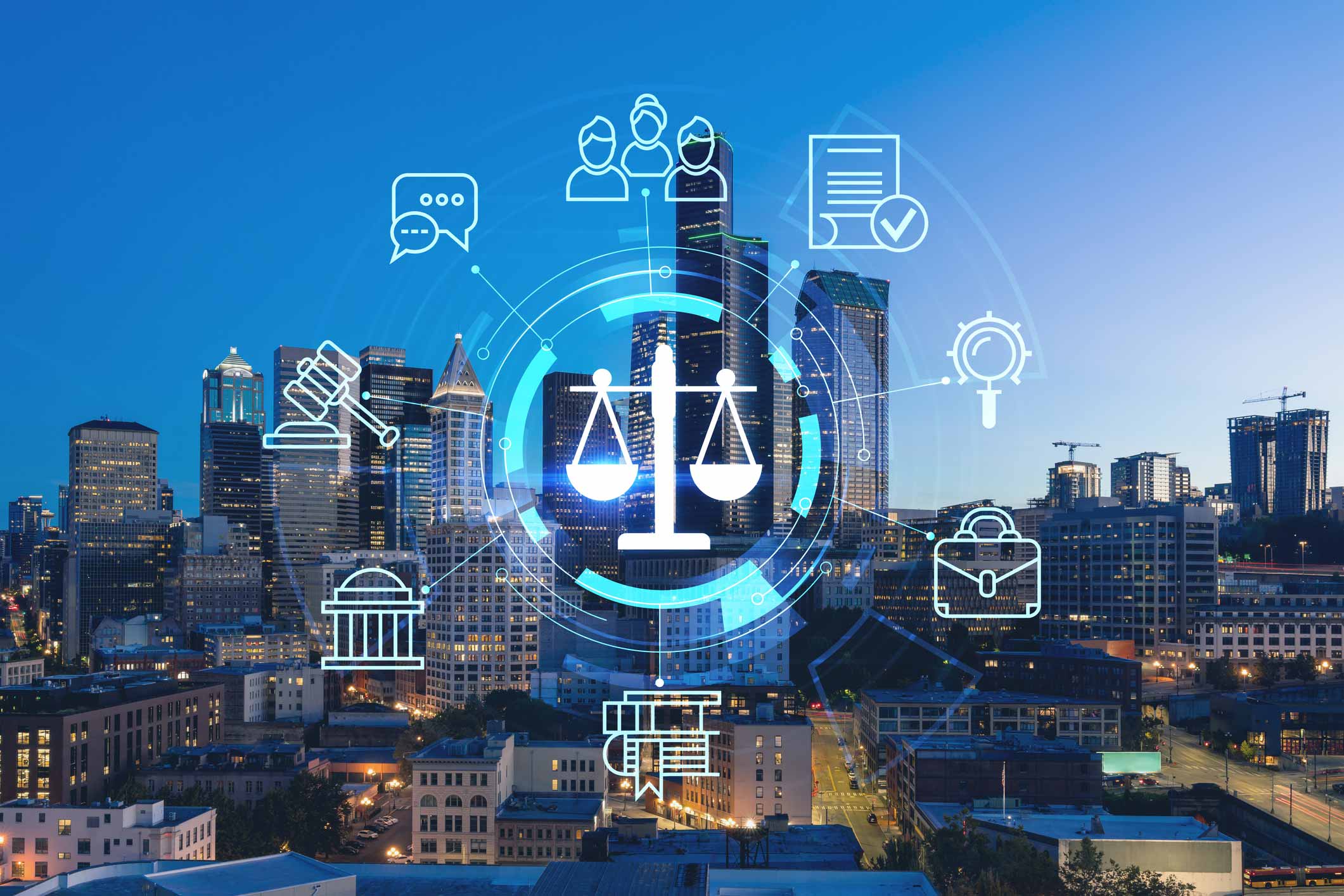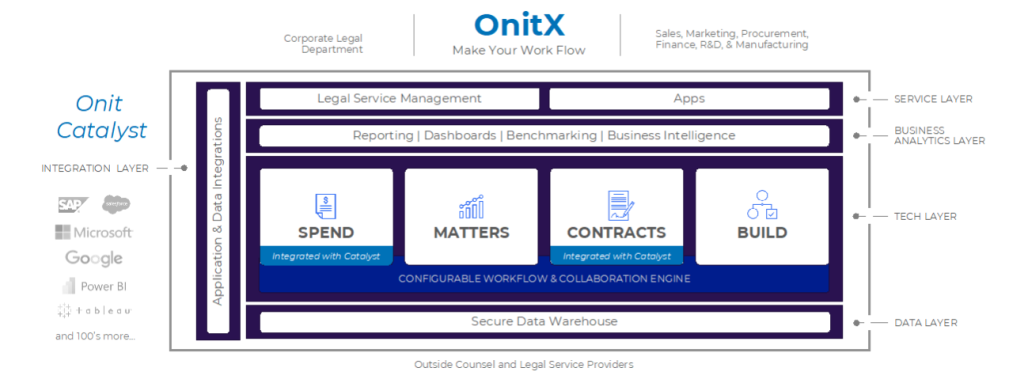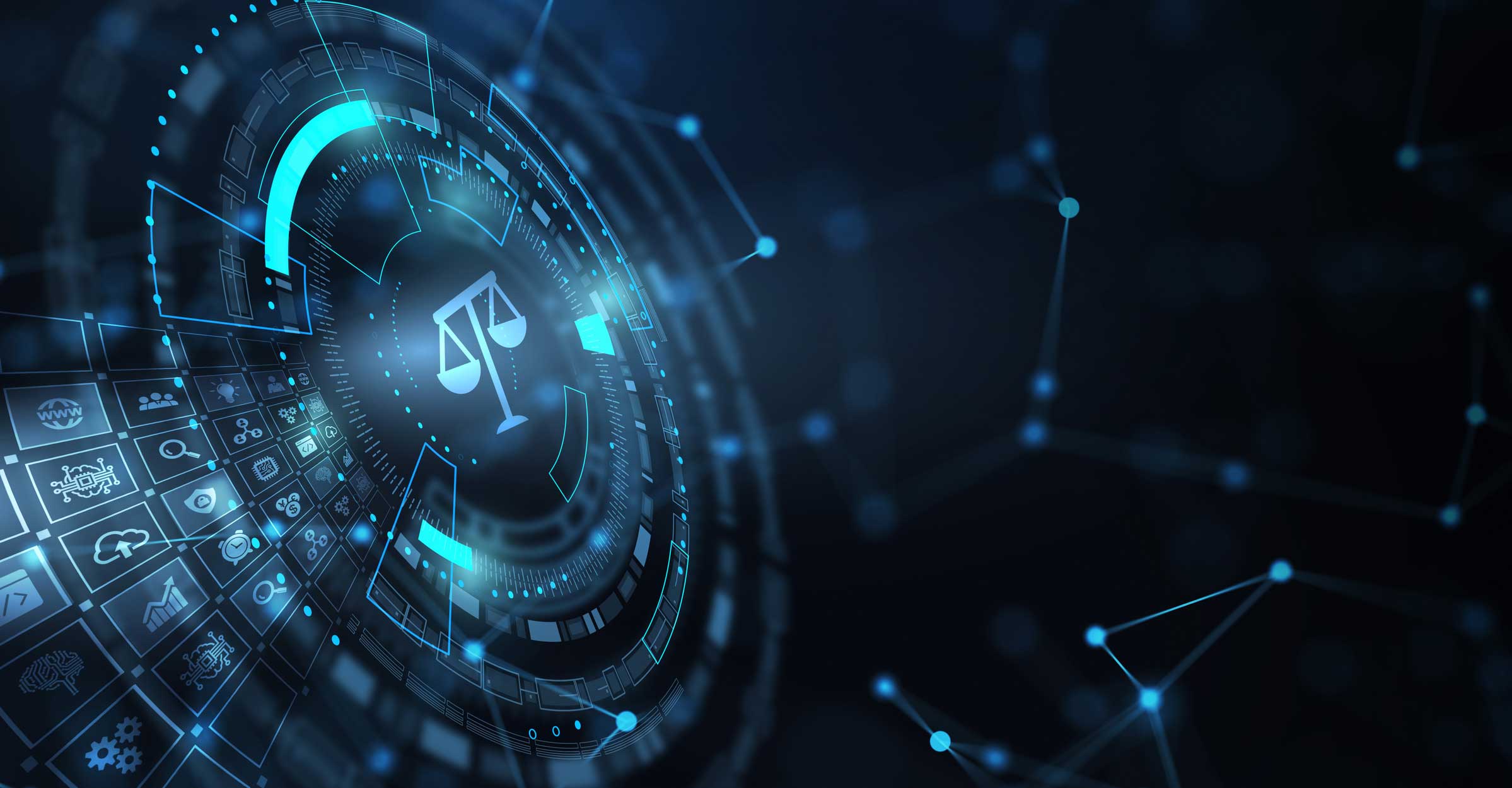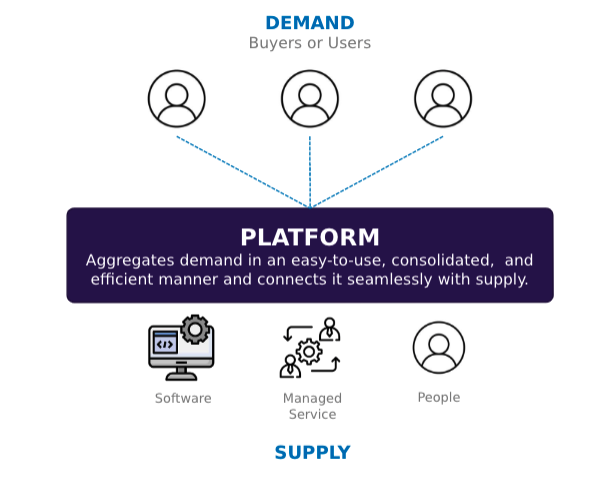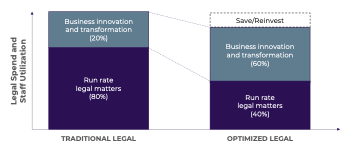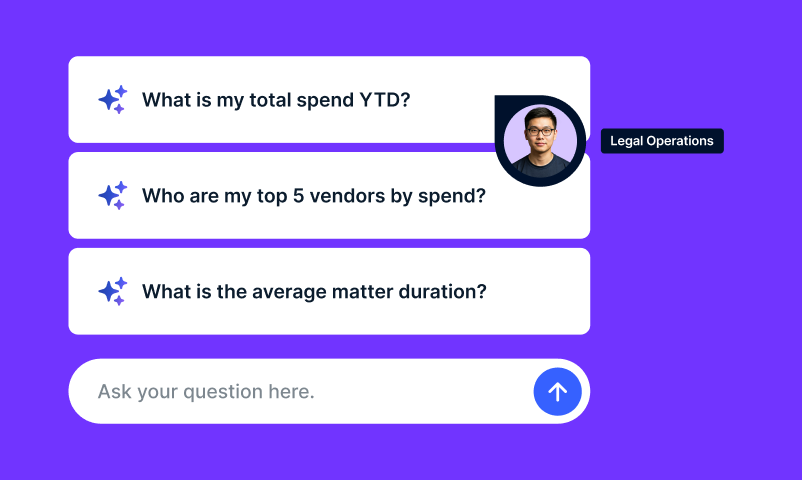
In-house legal teams today face increasing pressure to deliver more value while managing leaner resources. According to the Blickstein Group’s 13th Annual Law Department Operations Survey, funding for personnel, technology, and talent retention ranked as one of the top challenges for legal departments in recent years. To address these challenges, legal teams are increasingly leveraging generative AI to streamline workflows, reduce repetitive tasks, and focus on strategic initiatives.
Generative AI—AI that creates text, content, and insights based on vast data inputs—has emerged as a transformative tool for legal operations. Unlike traditional AI systems that rely solely on rules-based processing, generative AI can analyze patterns, produce human-like outputs, and enhance operational efficiency across various legal functions. Let’s explore how generative AI specifically impacts legal operations and delivers measurable results.
1. Revolutionizing Contract Management
Contract management has long been a bottleneck for legal teams, particularly when reviewing high volumes of routine agreements like NDAs, vendor contracts, and service agreements. Generative AI simplifies and accelerates these processes in several ways:
- Automated Drafting and Review: Generative AI tools like ChatGPT and others can draft contracts based on predefined templates and guidelines. For example, a legal team can input core contract elements, and the AI generates a draft tailored to specific business terms, reducing manual workload.
- Risk Detection and Clause Standardization: Generative AI can flag missing or non-compliant clauses, propose alternative wording, and ensure contracts meet regulatory and organizational standards.
- Faster Turnaround Times: By automating low-complexity tasks, generative AI reduces the time needed for contract approvals, accelerating workflows by up to 70%.
This allows legal teams to redirect their efforts from routine contract tasks to high-value activities like negotiating key terms or managing strategic relationships.
2. Smarter Spend Management with AI-Driven Invoice Review
Legal departments often struggle to manage outside counsel spending while enforcing billing guidelines effectively. Generative AI transforms invoice review by using natural language processing (NLP) and machine learning to identify billing anomalies and enforce compliance:
- Automated Line-Item Audits: Generative AI reviews invoices against billing guidelines, flagging issues like overstaffing, incorrect rates, or unauthorized expenses.
- Pattern Recognition: The system learns from historical billing data, identifying trends and proactively suggesting cost-saving opportunities.
- Scalable Review Processes: Whether reviewing a single invoice or thousands, generative AI significantly reduces manual effort while maintaining accuracy.
By automating invoice review, legal departments not only reduce time spent on tedious audits but also achieve cost savings by catching billing errors early.
3. Generating Legal Documents with Supervised Learning
Document generation is a critical yet time-intensive task for legal teams, especially when accuracy and consistency are paramount. Generative AI leverages supervised machine learning to assist in this area:
- Template-Based Creation: AI-powered tools can generate matter-related documents, including contracts, summaries, and client correspondence, by auto-populating key fields such as dates, costs, or parties.
- Consistency Across Outputs: Generative AI ensures that documents adhere to organizational standards, reducing errors and maintaining uniformity.
- Enhanced Productivity: Pretrained algorithms allow teams to produce complex legal documents in a fraction of the time, freeing up resources for higher-value work.
This ensures that legal operations run smoothly while maintaining the quality and consistency expected in enterprise-level environments.
4. AI-Driven Research for Strategic Insights
Legal research is another area where generative AI delivers transformative benefits. Traditional research methods often require extensive time spent combing through case law, regulatory updates, and precedents. Generative AI enhances this process through:
- Rapid Data Analysis: AI systems process vast amounts of legal data in seconds, summarizing relevant cases, statutes, or precedents tailored to specific queries.
- Enhanced Accuracy: Unlike manual research, generative AI scans every line of text, ensuring no critical detail is missed.
- Data Visualization and Forecasting: Some tools integrate research insights into dashboards, allowing teams to visualize trends in litigation outcomes, contract performance, or compliance risks.
This not only reduces the time spent on research but also equips legal teams with actionable insights for strategic decision-making.
5. Strengthening Compliance and Risk Management
Compliance and risk management are critical areas for large legal departments, especially in heavily regulated industries. Generative AI enhances compliance efforts by monitoring regulatory updates and identifying areas of concern:
- Regulatory Tracking: AI tools can monitor changes in laws and regulations across jurisdictions, providing timely alerts and tailored recommendations.
- Automated Risk Assessment: Generative AI reviews policies, contracts, and internal practices, flagging potential risks before they escalate into issues.
- Proactive Reporting: AI-generated summaries of compliance metrics or risk exposures allow teams to stay ahead of regulatory challenges.
By leveraging generative AI, legal departments can reduce the risk of fines or litigation, ensuring smoother operations and adherence to standards.
6. Unlocking Predictive Insights for Better Decision-Making
Generative AI not only handles repetitive tasks but also provides predictive insights that inform strategic planning. By analyzing historical data, AI tools can forecast trends in:
- Litigation Outcomes: Predictive models assess the likelihood of success in specific cases based on similar past matters.
- Budgeting and Resource Allocation: Generative AI helps legal teams predict matter-related expenses, enabling more accurate financial planning.
- Contract Performance: AI tools can assess contract compliance and performance, identifying potential areas for renegotiation or improvement.
These predictive capabilities allow legal leaders to make data-driven decisions, ensuring their departments remain aligned with broader business goals.
Next Steps: Leveraging Generative AI in Your Legal Department
For legal teams looking to integrate generative AI, the key is to start with scalable, high-impact use cases like contract management, invoice review, or compliance monitoring. Tools like Onit’s family of enterprise workflow solutions offer tailored AI-driven platforms to optimize legal operations.
Generative AI is no longer a distant possibility—it’s a reality reshaping how legal departments work. By embracing these tools, legal teams can enhance their value to the organization, reduce costs, and stay ahead in an increasingly competitive business landscape.


